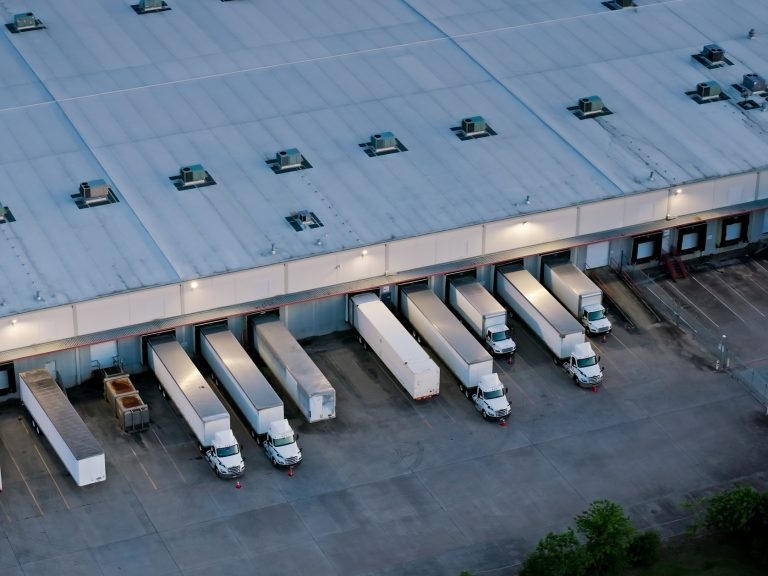Former gaol built by convicts to be turned into a boutique hotel after sale

A heritage-listed former gaol built by convicts will be turned into a boutique hotel and entertainment precinct after its $7 million sale.
The Berrima Correctional Centre housed convicts, World War I prisoners and even a serial killer after it opened in 1839, before its last term as a minimum-security prison ended in 2020.
The New South Wales government has sold the 1.9ha site in the Southern Highlands to developer Blue Sox Group, which plans to reinvent the 60-cell sandstone gaol and estate.

The former Berrima gaol and 1.9ha site sold for $7 million. Picture: Supplied by NSW government
NSW Minister for Planning and Homes Anthony Roberts, who described the $7 million sale as an outstanding result, said Blue Sox Group will redevelop the site while carefully considering its heritage significance to the local community.
“The proposal incorporates a boutique hotel whilst retaining the beautiful grounds of the estate, and will include cafe, restaurant, bar, community and events areas, and spaces which will cater for small business opportunities such as antique and book shops, personal services, art galleries, library and museum,” he said.
The gaol itself consists of 60 cells, a watch tower, guard offices and commercial space, while the property has two historic cottages, a tennis court, industrial shed and commercial kitchen.

The gaol has 60 cells, a watch tower and guard offices. Picture: Supplied by NSW government
Corrections Minister Geoff Lee said it was crucial the winning proposal considered the state heritage-listed site’s historical and cultural importance.
“The Berrima Correctional Centre opened in 1839 and had many uses, including being a German prisoner camp during World War I, a training centre, and minimum-security prison for men that was later converted to also accommodate women,” Mr Lee said.
The Berrima gaol was built between 1835 and 1839 using local sandstone, at a cost of £5400.
Former convict James Gough, a London joiner and carpenter who gained a conditional pardon in 1821, led the construction project in partnership with John Richards. Much of the construction work was done by convicts in irons.
As noted by the Berrima Correctional Centre’s NSW heritage listing, one of the gaol’s most notorious prisoners was serial killer John Lynch who confessed to killing 10 people between 1836 and 1842. He was executed by hanging at the gaol.

Only the entrance and outer walls of the old gaol were left standing after it was reconstructed in the 1940s. Picture: Supplied by NSW government
The whole gaol was rebuilt by prison labour between 1944 and 1949 at a cost of £18,000. Only the entrance and outer walls of the old gaol were left standing.
The gaol was closed at various times over its long life, mainly serving as a minimum-security correctional facility before the government decided to close four of the state’s smallest correctional centres.
Huge interest in rare gaol sale
Described by the selling agents at Colliers as “one of the rarest opportunities in the history of the commercial property market” when it hit the market last year, the Berrima Correctional Centre attracted huge interest.

The sale of the former gaol attracted huge interest. Picture: Supplied by NSW government
The “unrivalled piece of Australian convict history” was sold by the Colliers team of Nick Estephen, Thomas Mosca and Frank Oliveri.
“We received enormous amounts of enquiry from around Australia with a record number of inspections and interest from every sector,” Mr Mosca said.
“There is huge attraction and appeal associated with the Southern Highlands of New South Wales.”
Mr Oliveri said the response from the market during the expressions of interest process was positive and very competitive.
“The future project will carry on the historic significance and continue to be a focal point of Berrima,” he said.
Mr Estephen said the future potential of Berrima Correctional Centre is “endless”.
“We are thrilled to see it be transformed into an iconic vision that will incorporate accommodation, hospitality and entertainment.”

The former gaol site will become a hotel and entertainment precinct. Picture: Supplied by NSW government
The former gaol’s sale attracted criticism from the local residents association, which wanted the site repurposed as a community asset.
Goulburn MP Wendy Tuckerman said Property and Development NSW conducted a rigorous EOI process designed to ensure the successful proposal provided a broad range of social, economic and cultural benefits.
The government said the heritage-listed buildings on the site will be preserved and protected, and Blue Sox Group will work with the community, local Indigenous groups and the Local Aboriginal Land Council on ways to preserve the wider site’s heritage.







